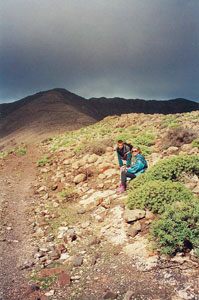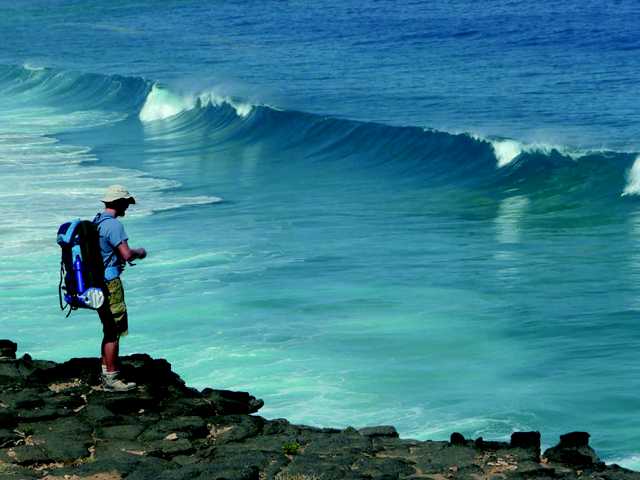 The main complaint about Fuerteventura, expressed by tourists at the front desk of the hotel is: " When will the wind finally lay down?" or "Does it always blow that much here?" Many groan about the wind, not knowing that it would be unbearably hot here in the summer without those tradewinds.
The main complaint about Fuerteventura, expressed by tourists at the front desk of the hotel is: " When will the wind finally lay down?" or "Does it always blow that much here?" Many groan about the wind, not knowing that it would be unbearably hot here in the summer without those tradewinds.
Already in the ancient Greek times they called these islands "the fortunate islands, gently stroked by the eternal wind" or "those Elysic climes", and also Beethoven's "Elysium" comes from the "Alisios", the tradewinds.

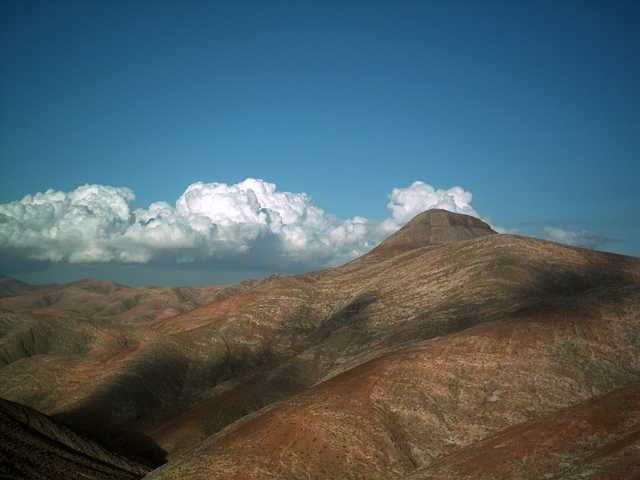 Madeira and La Palma are hiking destinations - Fuerteventura is sunbathing and swimming. Because many tourists think that there is nothing else on this "heap of rubble". Very recently the Hiking tourism has discovered Fuerteventura: The approximately 1.700 km2 of "rubble" include 13 Natural protected areas with a total surface of 48.000 hectares! And unlike other islands, most of these areas here are interconnected and allow hiking without the usual road signs.
Madeira and La Palma are hiking destinations - Fuerteventura is sunbathing and swimming. Because many tourists think that there is nothing else on this "heap of rubble". Very recently the Hiking tourism has discovered Fuerteventura: The approximately 1.700 km2 of "rubble" include 13 Natural protected areas with a total surface of 48.000 hectares! And unlike other islands, most of these areas here are interconnected and allow hiking without the usual road signs.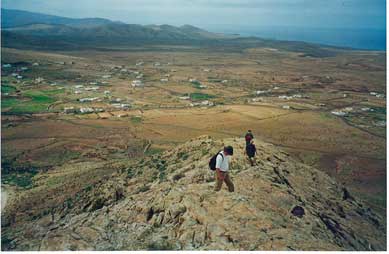 The magnificent pyramid-shaped mountain Tindaya is truly inviting, but first we have to get permission from the local authorities to climb it. The guide will collect us at the base from the "Mountain of Witches" as it is called in the local folklore. On our ascent we will pass immense stone plates, coloured in all shades of pastel and with marmor-like designs that are admired by photographers.
The magnificent pyramid-shaped mountain Tindaya is truly inviting, but first we have to get permission from the local authorities to climb it. The guide will collect us at the base from the "Mountain of Witches" as it is called in the local folklore. On our ascent we will pass immense stone plates, coloured in all shades of pastel and with marmor-like designs that are admired by photographers.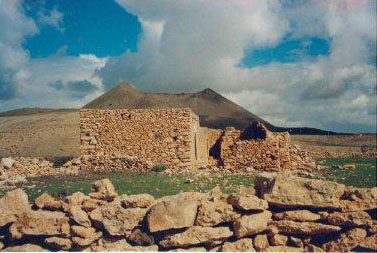 We start from Tiscamanita with a visit to the mill museum where they used to grow many sorts of grain in the past. We then head to the East. We enter the volcano through the solidified lava river from the protected volcano Jaina (463m). The Tabaibas grow along the path to the beautiful view over the red soil of the “Womens Lagune”, the Malpais Chico and the Malpais Grande with the 2 Picon volcanoes.
We start from Tiscamanita with a visit to the mill museum where they used to grow many sorts of grain in the past. We then head to the East. We enter the volcano through the solidified lava river from the protected volcano Jaina (463m). The Tabaibas grow along the path to the beautiful view over the red soil of the “Womens Lagune”, the Malpais Chico and the Malpais Grande with the 2 Picon volcanoes. The volcano “Montaña Arena” is shared between Villaverde and La Oliva. It is the last volcano that erupted, some 4,000 years ago. Thank God, it is protected as “Natural Area”.
The volcano “Montaña Arena” is shared between Villaverde and La Oliva. It is the last volcano that erupted, some 4,000 years ago. Thank God, it is protected as “Natural Area”.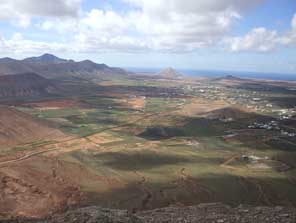 Walk on the ancient Camel road to the heights of Montaña Escanfraga, 529m altitude.
Walk on the ancient Camel road to the heights of Montaña Escanfraga, 529m altitude. Two lovely trips on the ancient Caminos Reales, the royal roads.
Two lovely trips on the ancient Caminos Reales, the royal roads.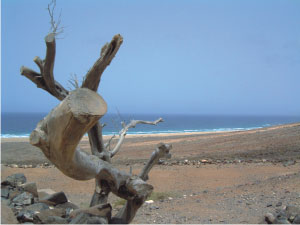 The trip goes along the old herds track from Morro Jable to Cofete, at the wild West coast.
The trip goes along the old herds track from Morro Jable to Cofete, at the wild West coast.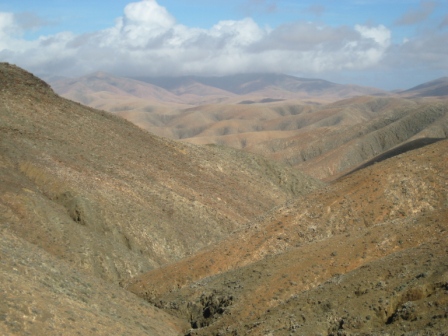 The trip will lead us to a special type of volcano: a vent volcano.
The trip will lead us to a special type of volcano: a vent volcano.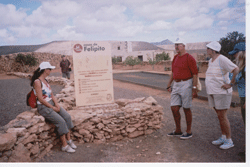 Vallebrón, situated in a protected area and enclosed in a "U"-formed valley was once a very fertile farming area with hundreds of terraces and many wells.
Vallebrón, situated in a protected area and enclosed in a "U"-formed valley was once a very fertile farming area with hundreds of terraces and many wells.